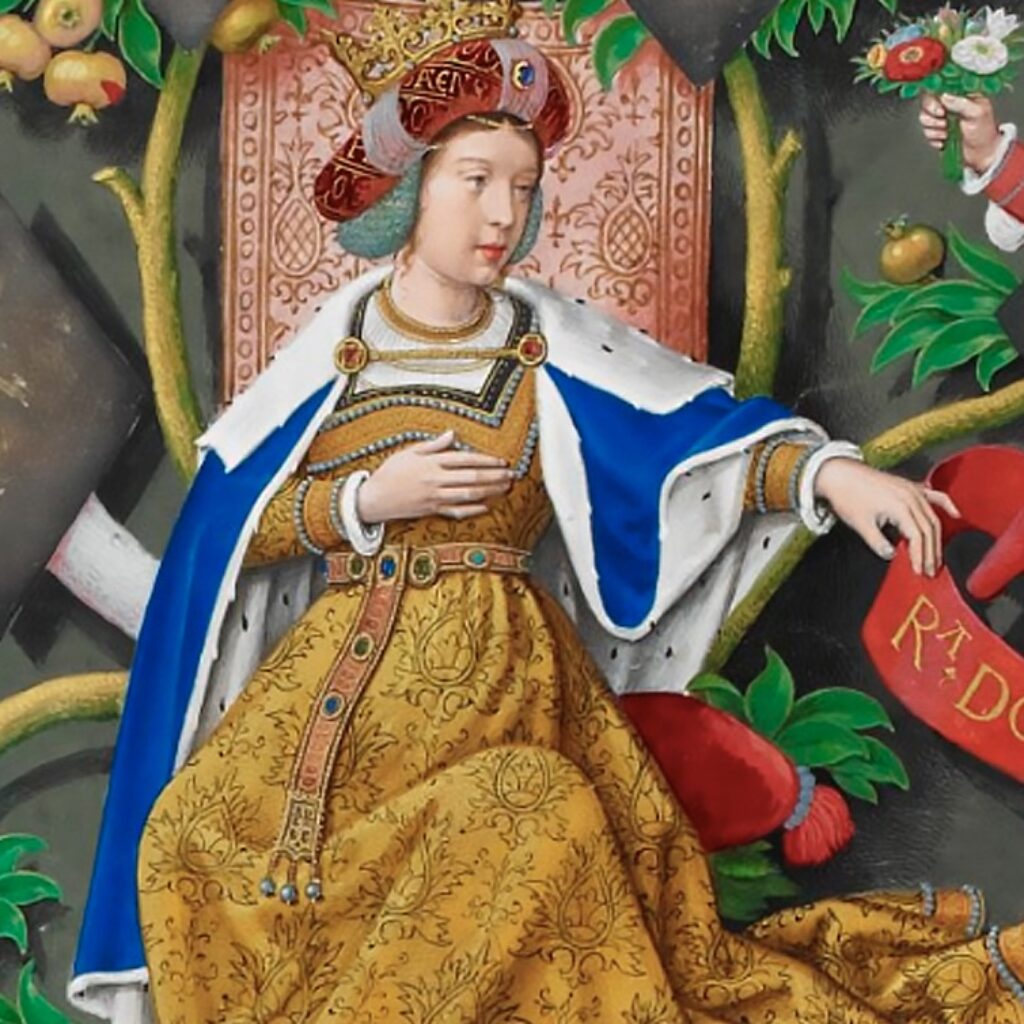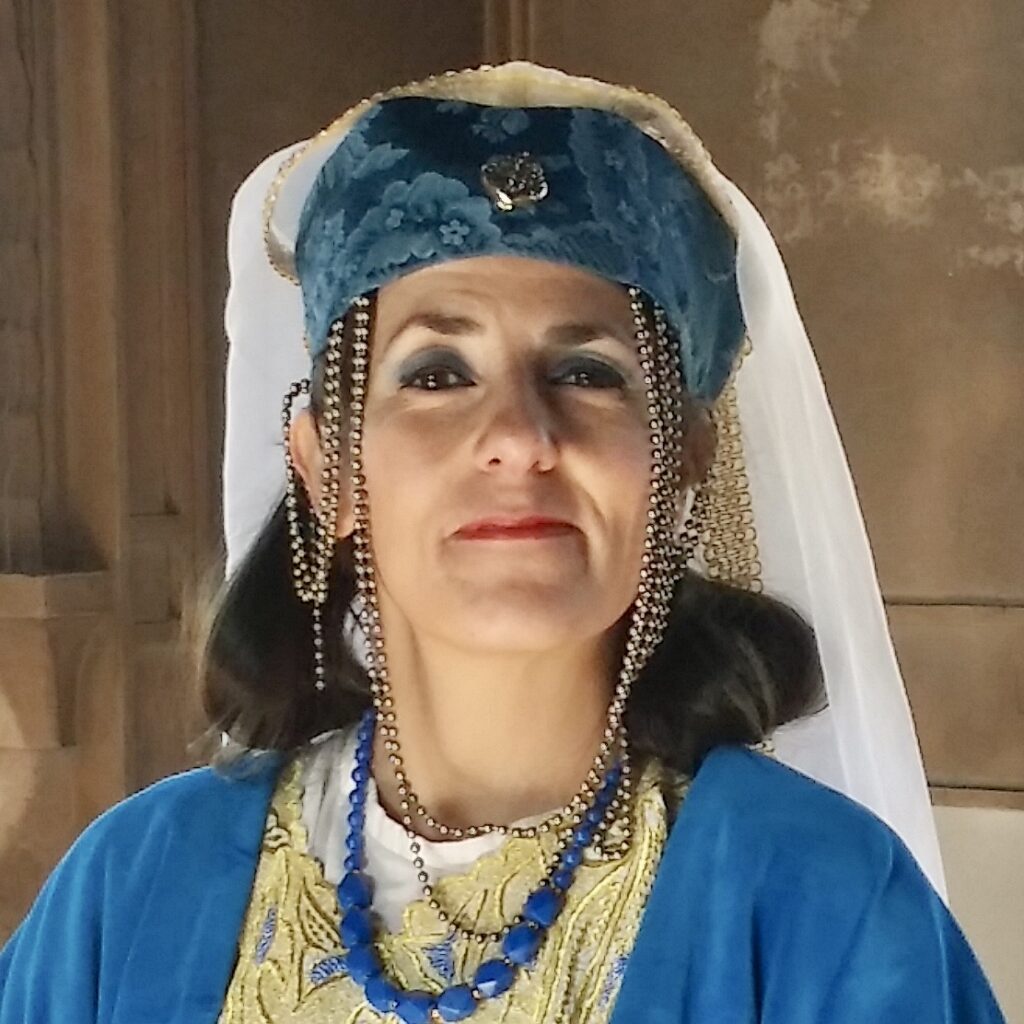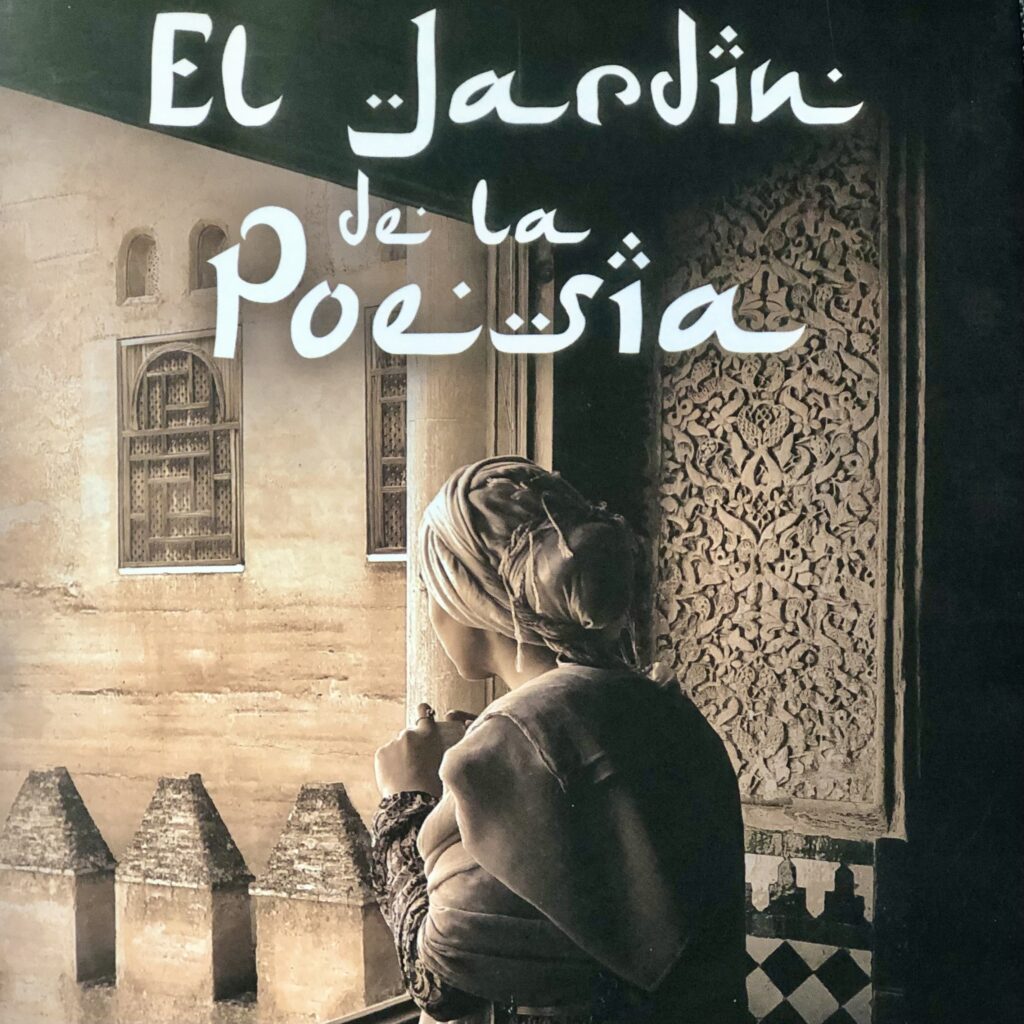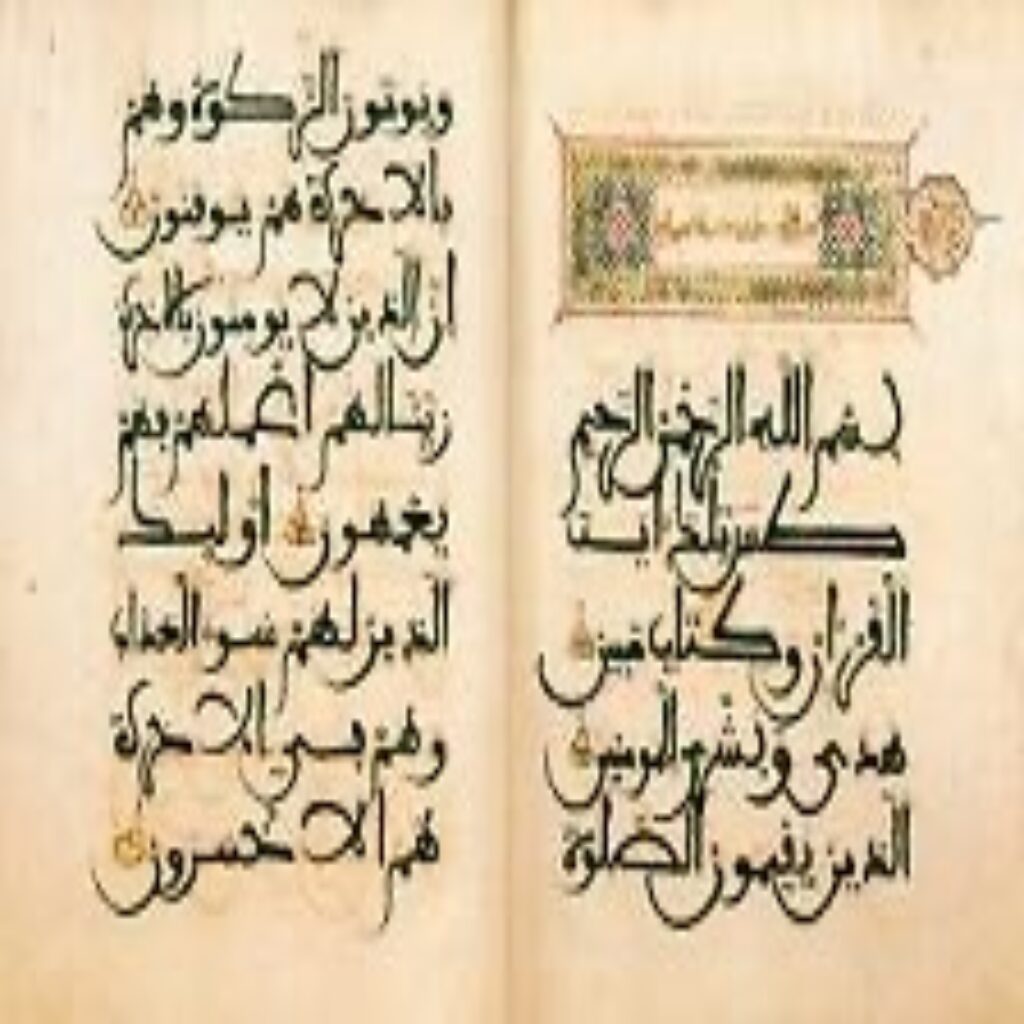Table of Contents
Women from Al-Andalus, and their inspiring lives
Have you ever heard about any remarkable Al-Andalus Women?
For many years, most of the information we had about life in Iberian Peninsula was mainly starred by men.
While women’s role has often been ignored or left in the background, many women from Al-Andalus have made huge impacts on society through art, politics and leadership.
Nevertheless, we can hardly find any reference to women in regards to their role in society and their historical legacy.
Especially after the Roman conquest swept away the Iberian cultures and converted them into Christianity.
While 116 wise women from Al-Andalus are known as influential sultanas, mystics and philosophers, in what is known as “Christian” Spain, not a single intellectual has been recorded.
Discover in this article the traces left by real Iberian and Al-Andalus women.
Female revolutionaries, politicians and artists who became legends, and cannot be forgotten.
Toda of Navarre (890-965), our first inspiring woman from Al-Andalus

Toda Aznárez was one of the most important Queens of Christian Spain, which for centuries lived side by side with Muslim Spain.
Daughter of a noble family and married to the King of Pamplona.
She played a key role during the reign of her husband and later of her son in consolidating the Jimena dynasty.
Queen Toda did not hesitate to travel, throughout much of her life, to both Christian and Al-Andalus territories to conclude marriage pacts for her large progeny and establish political approchements with the kingdom of her nephew Abderramán III.
She mastered strategic diplomacy and contributed to strengthening and securing peace and wealth for her territories.
Funnily enough, after these significant achievements, she is pejorative known as “The Matchmaking Queen”.
Although she was one of the most important Queens in the Hispanic history, Toda Aznárez’s life is hidden in the obscurity of medieval times.
She actively participated in the successive reigns of her husband and son, giving them legitimacy and strategic importance, however historians have had to rescue her biography with great effort, as she does not appear in any document.
Sancho Garcés I is known as El Grande (The Great).
Part of this greatness was achieved thanks to the intelligent collaboration of his wife, Doña Toda: the first great Queen of the Jimena dynasty.
Aisha Al Horra (15th Century), our second inspiring woman from Al-Andalus

The last Queen of Moorish Granada, Aisha bin Muhammad ibn al-Ahmar.
Also known by her subjects as ‘Al Horra’ (“Free woman”) and among her Christian enemies as Aixa.
A courageous woman who captained the Moorish against the Christian threat; a mother who lost three sons, a father and her first husband to her husband, Muley Hassan, and did not hesitate to confront him to defend her son´s rights.
The Nasrid kingdom of Granada, the last Moorish kingdom on the peninsula, before falling to the powerful Catholic Monarchs, suffered a bloody civil war.
Aixa allied herself with the Abencerrajes, eternal enemies of her husband, King Muley Hacem, and plotted to dethrone him.
The revolution was successful and the Abencerrajes proclaimed the throne to Boabdil.
Unfortunately, the internal revolts continued and weakened the Kingdom of Granada.
Boabdil was taken prisoner by the Christian armies, and, although Aisha continued with the Nazarí resistance, on the 2nd January 1492, after seven centuries, Granada was reconquered by the Catholic Monarchs.
Aisha and her son Boabdil left their beloved Alhambra to flee into exile.
“Weep as a woman for what you did not know how to defend as a man”, it should be said that she never uttered those famous words, it was an invention of a monk in the 18th century.
Hafsa al Rakuniyya (1135-1191) our third inspiring woman

Never was so plaintive
the love that is true,
because it trusts and casts away
and casts out timid misgivings.
Hafsa, from noble berber origin, was born in Granada.
She was praised and respected for her culture and wit, as well as for her beauty.
These qualities soon enabled her to occupy a prominent place at the Almohade court where she developed a revolutionary teaching system and quickly achieved fame.
She is the Arab-Andalusian poet with the largest volume of poetic production known.
In total, seventeen poems of great literary quality.
She was able to express her real feelings in a straightforward, spontaneous and beautiful language.
But, above all, for having had a love affair with the court vizier, the poet Ja’far Ibn Said.
A tragic love story, that ended with the crucifixion and death of her lover, which is recorded in the novel “The Garden of Poetry ” written by Laura Fernández Montesinos.
Despite the ban, she dares to dress in mourning for her lover and embroiders his name on the edges of her dress.
Hafsa was highly respected in her time and by later biographers, who regarded her as a great poetess.
Ibn al-Khatib said of her: “She was unique in her time for her beauty, elegance, literary culture and mordacity”.
Last but not least, Nazhun Bin Al Qalai (12th century), the fourth inspiring woman from Al-Andalus.

The pearls of the night, how beautiful they are,
and even more beautiful on Sunday night.
If only you were by my side then
And saw no one
The eyes of the spy, careless
In the morning sun you would watch
in the arms of the moon
a gazelle in the arms of a lion.
She was born during the 12th century.
Nazhun has been associated with important poets including Ibn Quzman (famous zejelero), the blind al-Majzumi (famous for his satires and foul language) and al-Kutandi.
They were all known as libertarian and shameless, a condition that was also present in their writings.
Nazhun’s poems tended to be much more popular than the refined poems of other poetesses such as Hafsa, as she did not possess the restrictions of upper-class women.
She is the only poet of the period to make remarks that could be called “feminist”.
Her style was highly praised by her contemporaries.
It was said of her that “her poems, at times, were superior to those of men”.
These are only a few examples of women who dare to break the rules and follow their hearts despite the difficulties they have had to face along the way.
If you want to know more about life in Al-Andalus and get acquainted with Granada´s astonishing architecture and wondrous history I recommend you to have a private tour.
Contact me. Let’s discover Granada together!




Comment (0)